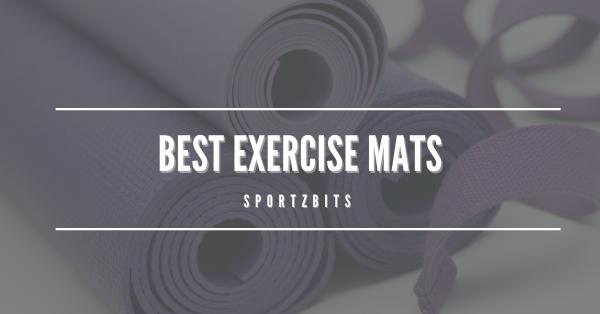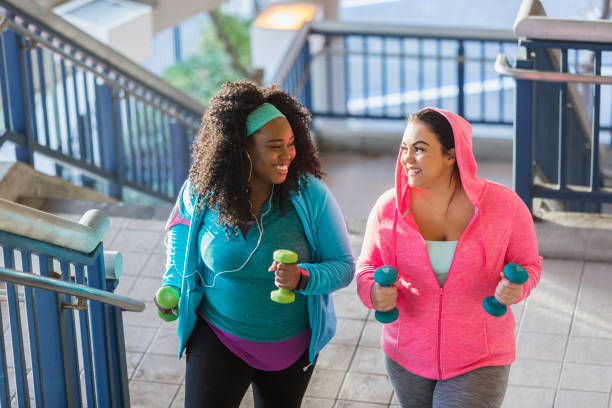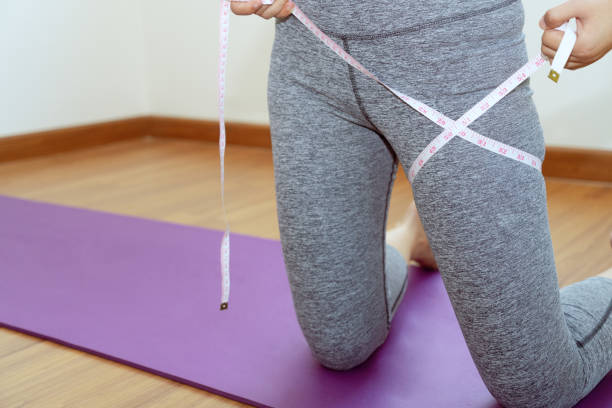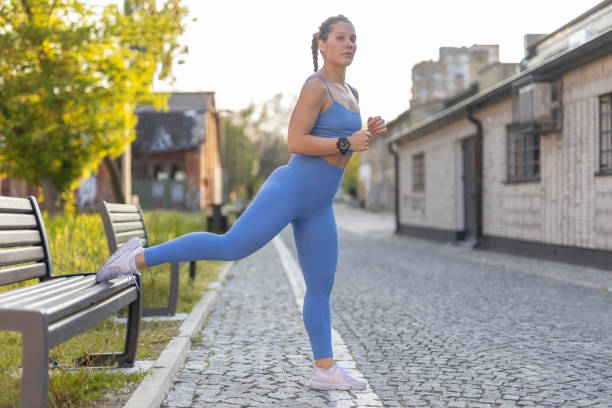Whether you’re engaged in daily chores or devoted to a workout regimen, ankle weights serve as a reliable instrument for portable strength training routines. Furthermore, if you’re healing from an injury or sickness, these weights can aid your exercise and recovery process. These versatile and convenient pieces of workout gear come in differing weights and are suitable for various age groups.
Benefits
By using ankle weights, you can increase the challenge of your usual exercise routine, leading to better fitness results. They help in strengthening targeted muscles such as the quadriceps, calves, and glutes. The resistance created by the weights causes your body to exert more effort – hence, developing your ability to take on heavier weights and demanding tasks that involve the leg muscles.
Ankle weights also offer a piece of convenient and compact exercise equipment that you can bring and use without preventing your range of movement – allowing you to continue on your other task at hand if you’re wearing weights while working. Even just walking around with your ankle weights on makes a difference. It helps in maintaining bone density as these weights add impact forces that condition your bones.
You may also read: Leg Exercises You Can Do at Home

Getting the Right Weight
Ankle weight, as helpful as it is, could also risk injury if you misuse them. So, before you jump the gun with ankle weights, it’s always best to ask for a professional opinion from your doctor or fitness coach regarding the use of these weights. If you’re a beginner, start with light ones and gradually increase the weight as you progress. You can start with 2.5 pounds for each foot.
Workout
From a simple walk to a full-body workout, ankle weights will help you reach your fitness goals as long as you have them strapped in. Here are some exercises you can do with your workout equipment.
Lateral Leg Raise
Lie sideways, and support your head by using one hand to touch the floor. If you’re lying down on your right side, bend your knee at a 45-degree angle on the ground. Slowly lift your leg toward the ceiling as high as you can before slowly lowering it to the first position. Repeat 15 to 20 times on one leg, then change your position by turning to the other side and repeat the exercise with your other leg.
High Skips
Stand into a position with your legs about hip-width apart. Lift one leg in a hopping manner, then drive the knee towards the chest using your lower abs. Swing your arms in sync with the movement of your knee. Do one leg first, then switch to the other one after 15 to 20 reps.
This is a core-focused workout that strengthens your legs as the lower abs initiate the action.
Standing Hip Extension
Prepare a chair to help you with the balance and stand behind it while resting your hands on the back of the chair. Shift your weight on one foot and establish your balance. Sweep the other foot to your back as far as possible without compromising your posture. Do 15 to 20 reps on one leg, then shift to the other leg and do the same.
Squat with Leg Lift
Get into position by standing with your feet a bit wider than shoulder-width apart. Bend your legs into a squat position, forming a 90-degree angle. Avoid bending your knees forward when you position yourself into a squat (it’s terrible for your knee).
Use your heels to drive your weight up, then lift one of your legs up and out to the side, going upward to the ceiling, then bring it back down as you go back to your first position. Squat back again as you lift yourself, and lift the other leg in the same manner as you did with the first one. Perform 5 sets of 10 reps.
Donkey Kick
Get a yoga or exercise mat, then position your shoulders over wrists and knees right under the hips (like you’re a donkey). Use your glute to kick one of your legs back as far and high as it can go without breaking your hip position. Make sure your back stays flat, your core engaged, and the knee points straight down. Repeat the exercise for each leg of 15 to 20 reps.
Scissors
Lie down on your exercise mat with your lower back flush against the floor, arms placed on either side. Raise both of your legs to a 45-degree angle. Your head and shoulder blades should not be touching the floor. Try to keep your legs straight, then crisscross your legs over each other while your inner thighs draw closer to each other.

Precautions when Doing Ankle Weight Exercises
Just because an exercise involves using your legs, it doesn’t mean you can always use an ankle weight for it. If used properly, they are great partners for workouts, but they can also cause injury if not worn and used properly. Just like all things we do, everything should be taken in moderation.
Excessive use of ankle weights could cause serious problems like joint stress and muscle strain. Resting is part of the workout routine, so make sure you unstrap those ankle weights once you reached the limit or recommended duration of use. Always talk to your doctors and fitness professionals before using these weights.
Conclusion
Using ankle weights for exercises is proven effective when adding a challenge to the workout and burning more calories. But also, for this reason, you are at risk for injury as it brings more stress to your joints and muscles. There are numerous ankle weight exercises you can add to your routine, but medical experts do not recommend basic running and walking with these strapped weights.
You can use ankle weights conveniently anywhere and anytime. It’s a hassle-free weight ready to be strapped on your ankle.





